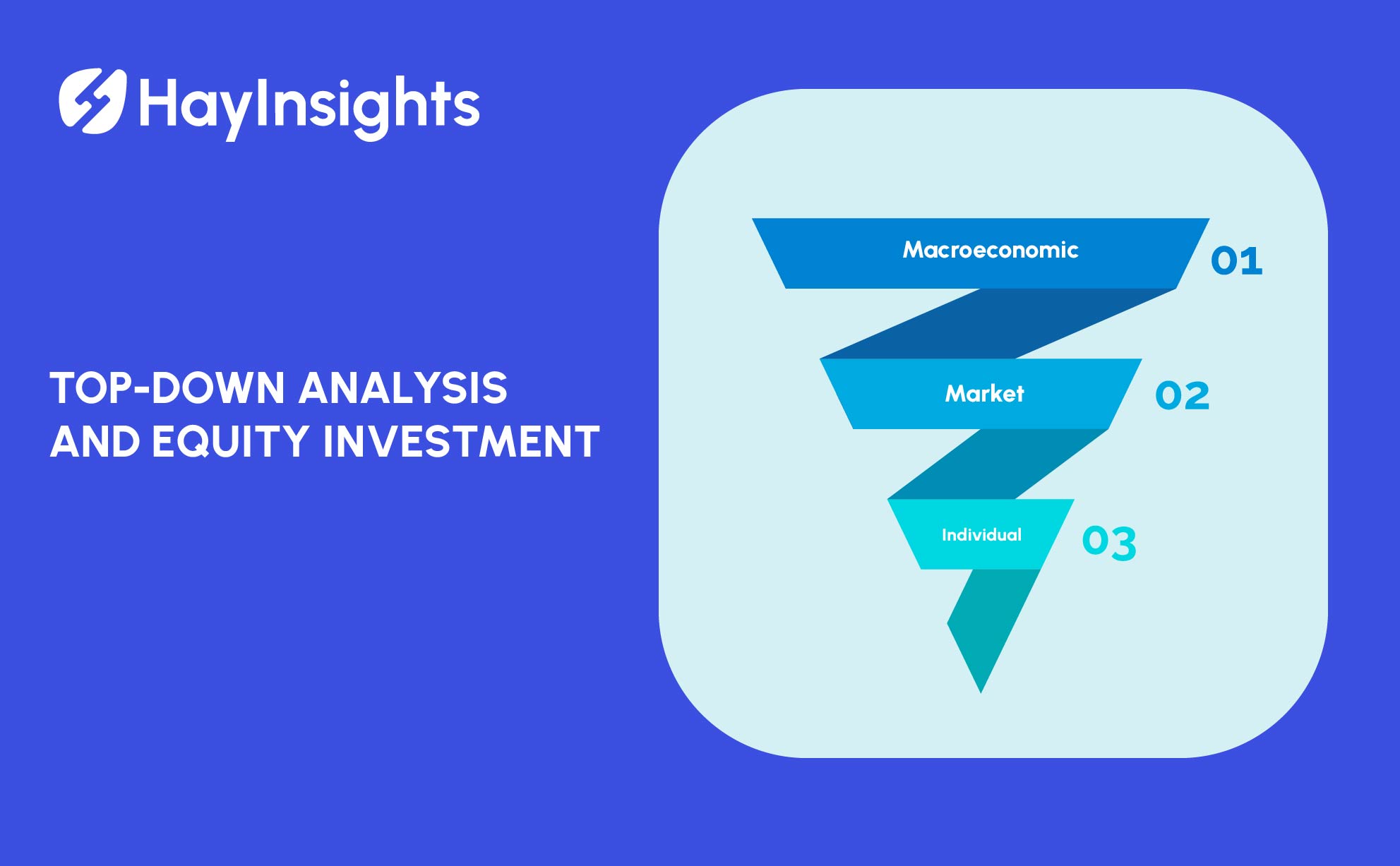
日本のETFと投資信託:どちらが優れているか、2025年に誰が投資すべきか
ETF と投資信託: どちらが最適な金融投資手段でしょうか? 日本の金融環境は豊富な投資オプションを提供しており、分散型ポートフォリオを構築するための最も有名な 2 つの手段は、上場投資信託 (ETF) と投資信託です。どちらもさまざまな資産クラスへのアクセスを提供することを目指していますが、構造、取引メカニズム、コストが異なります。これは、日本市場では特に重要な要素です。これらの違いを理解することで、投資家は財務目標に合わせた情報に基づいた決定を下すことができます。
日本のETFと投資信託の概要
日本では、ETF と投資信託(現地では「投資信託」として知られています)が、個人が国内および海外の市場に投資できるようにする上で重要な役割を果たしています。どちらのオプションも、日本の投資家が日本株、国債、さらには国際株を含む幅広い資産にアクセスすることを可能にします。
- 日本のETF: ETF は東京証券取引所 (TSE) で取引されており、低コストでアクセスしやすいことから人気が高まっています。日経 225 および TOPIX ETF は最も人気のあるオプションの 1 つです。
- 日本の投資信託: 投資信託は通常、銀行や証券会社を通じて購入され、専門的な運用を求める長期投資家を対象としています。これらのファンドは、日本の株式、不動産投資信託(J-REIT)、および外国資産へのアクセスを提供します。
ETF と投資信託はどちらも分散投資に貢献しますが、特に日本独自の市場環境においては、その特徴と魅力は異なります。
ETF 対 投資信託: 日本における取引の仕組み
日本の ETF や投資信託の取引メカニズムは他の市場のものと同様ですが、現地の規制や投資家の行動により、顕著な微妙な違いがあります。
- ETFs: 日本の ETF は、個別株と同様に、東証で終日取引されています。この機能により、投資家は価格変動を利用してリアルタイムの意思決定を行うことができます。たとえば、投資家は日経 225 などの指数に基づく ETF や、ロボット工学やグリーンエネルギーなどの分野に焦点を当てたテーマ型 ETF を取引できます。
- 投資信託: 日本の投資信託は終値基準価格で売買され、 取引は三菱UFJ . 野村證券この構造は、日々の価格変動をあまり気にしない長期投資家に適しています。
ETF を日中取引できる機能は、柔軟性の面で大きな優位性をもたらし、日本のアクティブ投資家にとって魅力的です。
日本でのコスト比較
特に日本のようなコスト意識の高い市場では、ETF と投資信託のどちらを選ぶかを決める際にコストが重要な役割を果たします。
- 経費率: 日本の ETF は、そのほとんどがパッシブ運用で指数に連動するため、一般的に投資信託よりも経費率が低くなっています。たとえば、日経 225 ETF の経費率は 0.5% 未満であることが多いです。一方、アクティブ運用の投資信託の経費率は 1% を超えることもあります。
- 取引コスト: ETF は取引ごとに仲介手数料がかかる場合がありますが、多くの日本のブローカーは特定の ETF に対して低額または無料の手数料を提供しているため、魅力的な選択肢となっています。ただし、投資信託にはフロントエンドまたはバックエンドの販売手数料がかかる場合があり、管理手数料は通常高くなります。
コスト効率の高いソリューションを求める日本の投資家にとって、特に定期的に取引を行う投資家にとっては、ETF の方が通常はより価値の高いものとなります。
日本における税金の影響
ETF と投資信託の税務上の取り扱いは大きく異なるため、日本の投資家にとって課税は重要な考慮事項となります。
- ETFs: ETF は日本では節税効果があると考えられています。ETF 株を売却する場合、投資家は自身のキャピタルゲインに対してのみ課税され、日本の 20.315% のキャピタルゲイン税の対象となります。また、ETF からの配当金は源泉徴収の対象となりますが、控除で相殺することができます。
- 投資信託: 投資信託は、多くの場合、利息、配当、ファンドによって実現されるキャピタルゲインなど、課税対象となる分配金を生み出します。投資信託の日本の投資家は、保有資産を売却していなくても、毎年の納税義務を負う可能性があります。
ETF は税効率が高いため、資産を増やしながら税金を最小限に抑えたい日本の投資家にとって好ましい選択肢となっています。
日本の投資家にとっての市場アクセス
アクセシビリティは、日本において ETF と投資信託が異なるもう 1 つの領域です。
- ETFs: 日本のETFは、楽天証券、SBI証券、マネックス証券などのオンライン証券会社を通じてアクセスでき、一部のプラットフォームでは部分取引も提供しています。このアクセスのしやすさは、若い世代の間で増加しているデジタル投資のトレンドと一致しています。
- 投資信託: 日本の投資信託は伝統的な金融機関を通じて販売されることが多く、投資家は支店を訪問するか、ファイナンシャルアドバイザーに頼る必要があります。投資信託の最低投資額も、ETF に比べて高額になることがあります。
ETF は日本のハイテクに精通した個人投資家のニーズに効果的に応えている一方、投資信託はガイド付き投資ソリューションを求める人々にとって依然として定番となっている。
日本市場における経営スタイル
日本のETFや投資信託の運用スタイルは世界的な傾向を反映しており、パッシブ型ETFやアクティブ型投資信託が中心となっている。
- ETFs: 日本のETFのほとんどは、日経平均株価やTOPIXなどの指数に連動するパッシブ運用です。最近では、人工知能やESG(環境・社会・ガバナンス)などの分野をターゲットにしたテーマ型ETFが人気を集めています。
- 投資信託: 日本の投資信託の多くはアクティブ運用されており、ファンドマネージャーは有望な日本株や世界株に投資することができます。アクティブ運用は高いリターンを期待できる一方で、手数料が高く、パフォーマンスが期待できないリスクも伴います。
日本の投資家は、特に指数連動型ETFのパフォーマンスが好調な市場においては、アクティブ運用の潜在的なメリットとコストの上昇を比較検討する必要がある。
ETF vs 投資信託: 日本における流動性と柔軟性
流動性は、特に不安定な市場環境においては、日本の投資家にとって重要な要素です。
- ETFs: ETF は、東京証券取引所の取引時間中いつでも取引できるため、優れた流動性を提供します。この機能は、市場の動きに迅速に対応したい投資家にとって非常に貴重です。
- 投資信託: 日本の投資信託は、取引が終値の基準価格で実行されるため、同じレベルの流動性がありません。この制限により、柔軟性を優先する投資家にとって、投資信託は魅力が低くなります。
資金への迅速なアクセスや市場変動を利用したい人にとって、ETF は明らかに有利です。
日本における最低投資額
投資最低額は、特に日本の新規投資家や小規模投資家にとって、ETF と投資信託の選択に影響を与える可能性があります。
- ETFs: ETF は 1 口単位で購入でき、一部の指数では数百円から購入できる場合が多いです。この手頃な価格により、ETF は個人投資家にとって非常にアクセスしやすいものとなっています。
- 投資信託: 日本の投資信託は、通常、最低投資額が高く、10,000 円以上から始めることが多い。システマティック投資プラン (SIP) では、より少額の定期投資が可能だが、最初のハードルが障壁になる人もいる。
ETF は、日本において資金が限られている投資家にとって、より包括的な投資機会を提供します。
結論:日本におけるETFと投資信託の選択
日本における ETF と投資信託のどちらを選択するかは、個人の投資目的、好み、状況によって異なります。
- ETF は次のような場合に最適です。
- 低い手数料を求めるコスト意識の高い投資家。
- 柔軟性を重視するアクティブなトレーダー。
- 節税効果の高い流動性の高い投資オプションを探している個人。
- 投資信託は次のような場合に適しています。
- 長期投資家は高い手数料を許容します。
- 専門的な管理およびアドバイザリーサービスを求めている方。
- 特定の資産クラスまたはアクティブに管理される戦略に焦点を当てた投資家。
日本の投資環境は急速に進化しており、ETF と投資信託の両方の選択肢が増えています。これら 2 つの手段の違いを理解することで、投資家は財務目標に沿った情報に基づいた決定を下すことができます。成長、収益、分散のいずれに重点を置いている場合でも、ETF と投資信託はどちらもバランスの取れたポートフォリオの一部となります。













